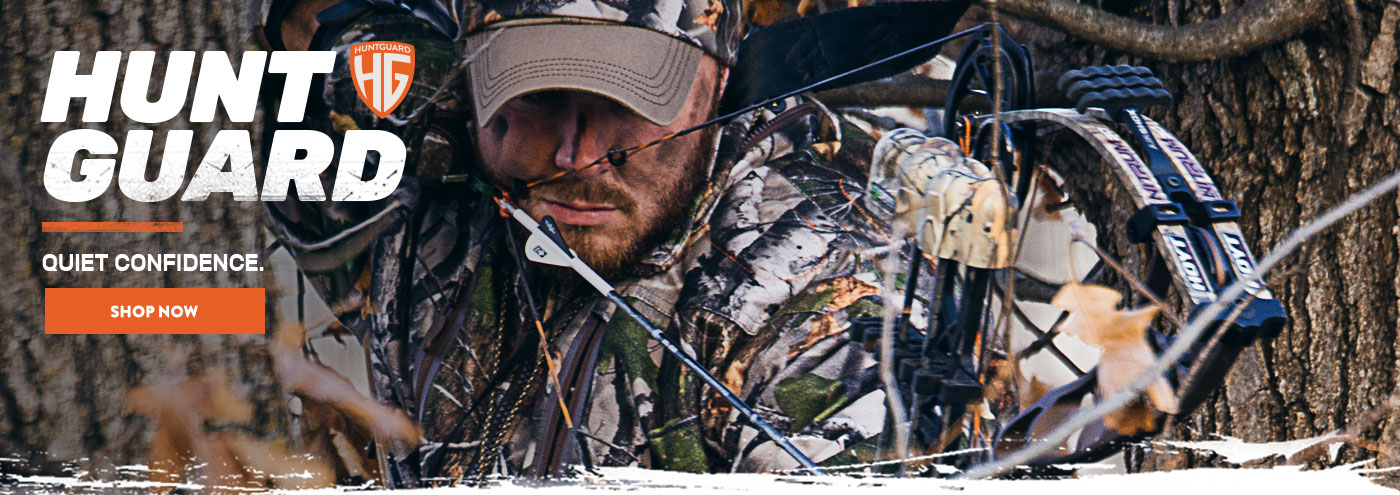The November night was cold, and a misty rain darkened it even more than normal. An unsuspecting motorist from Fort Madison, Iowa, traveled down Illinois Hwy. 96 about two miles east of the small town of Nauvoo in Randolph County. There was no hint of what was about to happen.
Suddenly, a large form came out of the ditch and onto the roadway. For the driver, there was no avoiding the collision and the impact was signaled by a solid thump. Another big buck had met his demise at the front end of a vehicle.
Not long afterwards, Illinois conservation officer Jim Twitchell was directed to pick up the road-killed deer. Jim and the others who saw the deer found themselves unable to believe the size of either the body or the rack. They were enormous!
From all accounts, the buck had a staggering live weight of over 400 pounds. After studying the accompanying newspaper photo (top of page 105) showing part of his body and head, I have no reason to doubt this weight.
The antlers certainly have shrunk some since the buck was hit that night back in 1965, but even now, the outside spread across the beams remains an unbelievable 31 inches. The buck’s head was proportionate to his rack and body, and the distance between the antler burrs is 3 1/2 inches. That gap is one of the largest I’ve ever seen.
Although the body and skin are long since gone, the antlers remain as evidence of what a great buck he was. Besides such spectacular dimensions and statistics as weighing 11 pounds and having a 31-inch spread, 6-inch bases, 29 and 31-inch main beams and 12 points, with any luck at all this rack could have been near the top of the record book. His left beam has five classic typical points, but instead of a typical G-4 (third primary) off the main beam on his right antler, this buck grew a third tine off the second primary (G-2), making it an abnormal deduction. If this point had grown off the main beam as a typical tine, the Illinois giant’s net typical score would have been over 20 points higher than it actually is simply by moving one tine!
Because his right antler has only four typical points, the “Illinois Roadkill,” as he is called, scores as a giant 8-pointer. From a scoring standpoint, he gets no credit for the extra typical point on the left beam (the 7 5/8-inch G-4 tine) because it doesn’t have a mate on the right beam. Despite all of this, the buck has an unbelievable gross score of 202 6/8, which is unheard of for an 8-point typical. Unfortunately, when the abnormal points and side-to-side differences in symmetry are subtracted, he winds up with a net of 176 5/8. This is a respectable score that easily makes the B&C record book, but it hardly reflects the true size of the antlers. The truth is that many think this buck is one of the most impressive deer of all time. In person, he’s almost too big to believe!
Many years ago, I began realizing that more than a “fair share” of big bucks were being killed by vehicles on the highways. In fact, several one’s I was hunting met their end while trying to cross roads. Similar stories also have been related to me by other hunters. If we consider the relatively small number of mature bucks in a population that also includes does, fawns and immature bucks, and then check the percentage of road-killed deer that are mature bucks, we realize that for some reason, trophy deer are killed by vehicles more often, relatively speaking, than are does and smaller bucks. Why?
In the fall, as bucks become more excited about the upcoming breeding season, they gradually expand their range of travel. About this same time, farmers begin harvesting crops and hunters begin bowhunting, scouting, setting up stands, small-game hunting, etc. All of this activity makes mature bucks nervous, causing them to become even more nocturnal than usual. Now, with more area to cover and with fewer safe hours in which to cover it, big bucks often spend virtually all night on the move.
Many deer are road-killed because vehicle headlights blind and confuse them. So, because the mature bucks are traveling more than other segments of the deer population and these movements are concentrated at night, it makes sense that a greater percentage of these active bucks would be killed on the highways than is the case with the other types of deer.
When one of those old, mossy-racked giants does get killed on the road, it’s usually a big topic of conversation among local folks. “I can’t believe a buck that big even lived around here” or “I’ve never seen him before” are the usual lines. This just further verifies the nocturnal trademark and elusive capabilities of the modern mature buck.






